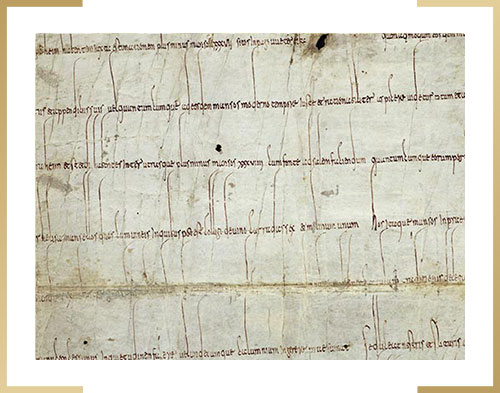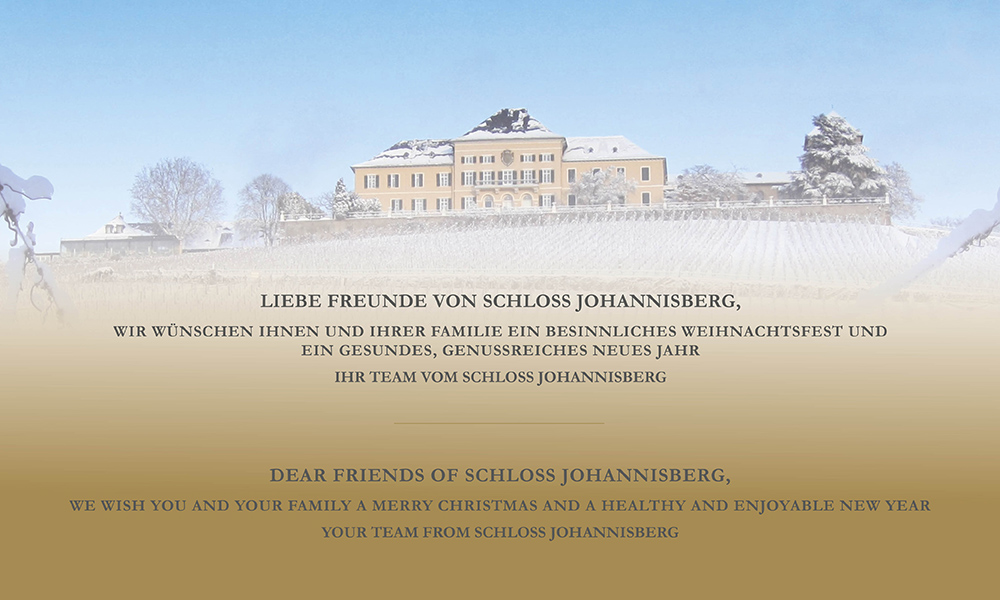1200 YEARS OF WINEGROWING HISTORY
Since 1720 only Riesling has been cultivated at Schloss Johannisberg. This is the birthplace of one of the oldest and noblest grape varieties in the world. The long history of Schloss Johannisberg brims with passion, responsibility and pride allowing the production of outstanding Riesling, inspiring people to make it. For a unique quality Riesling.


